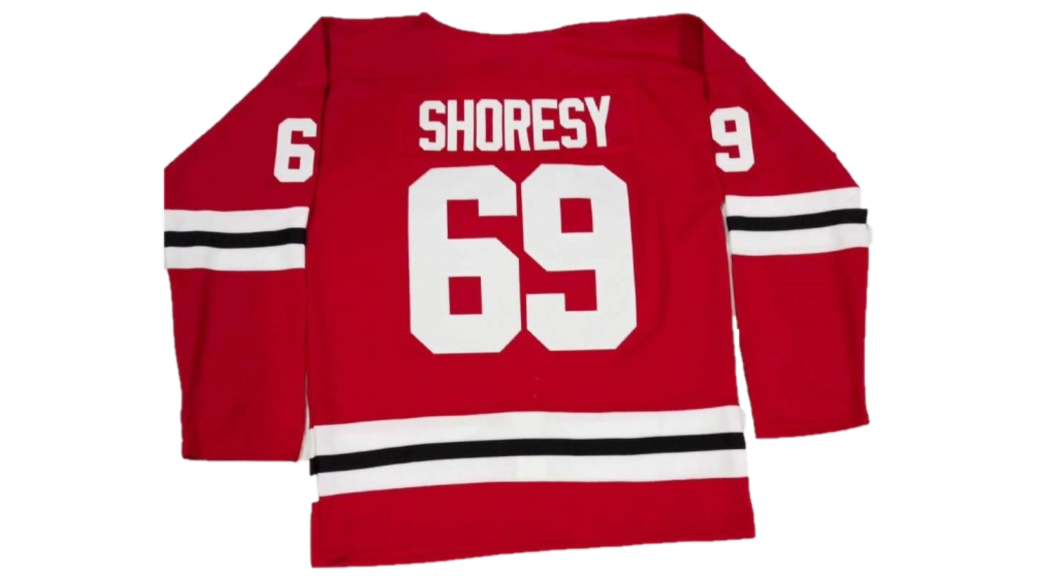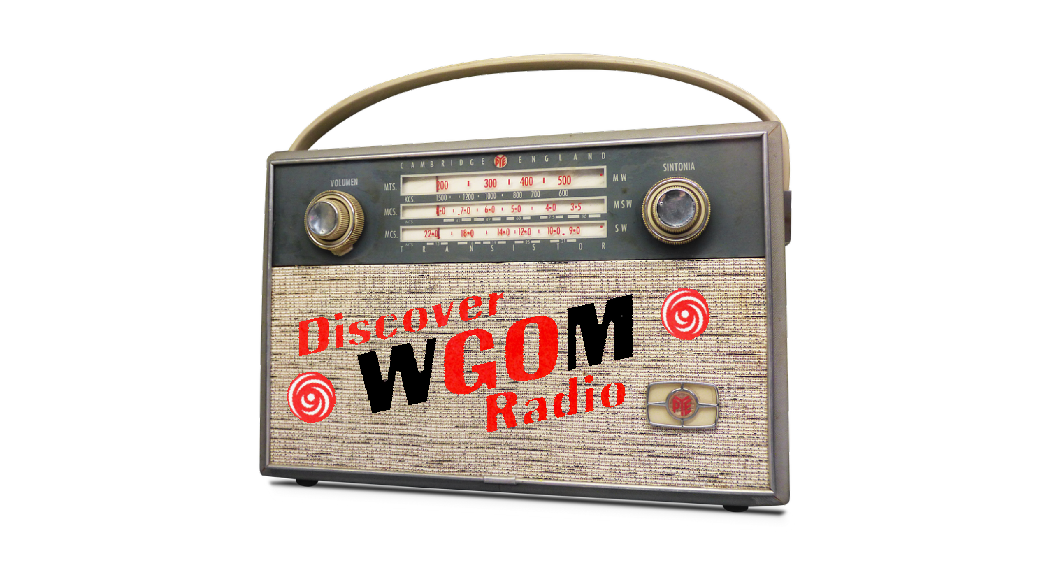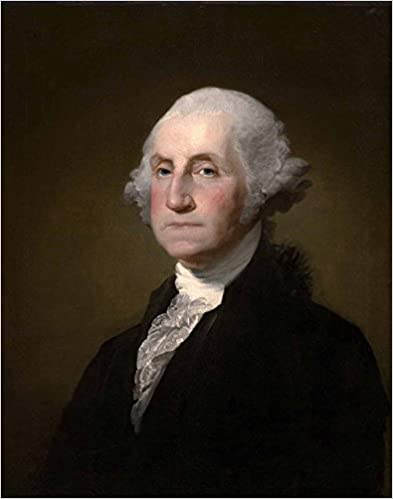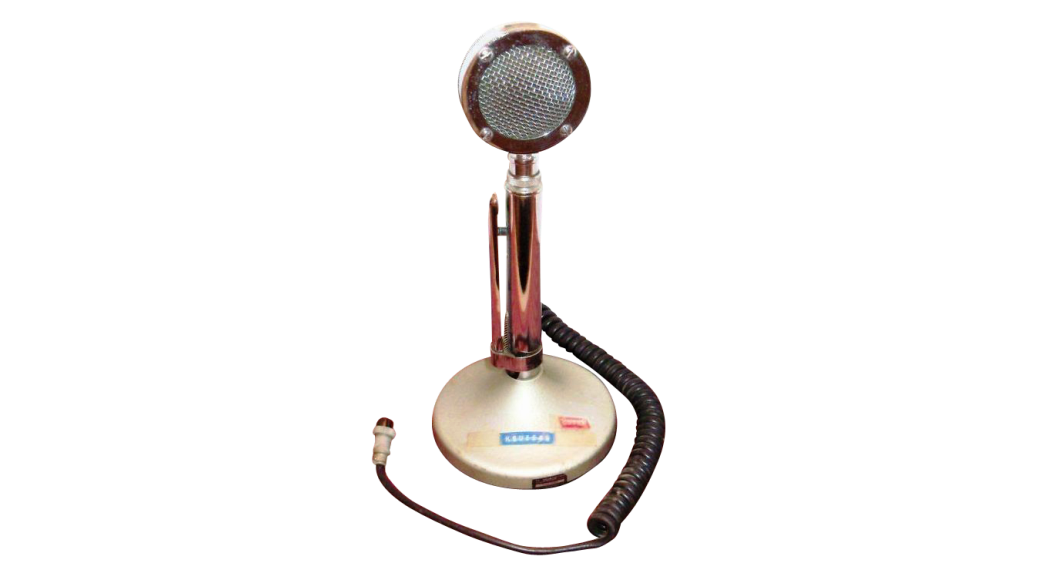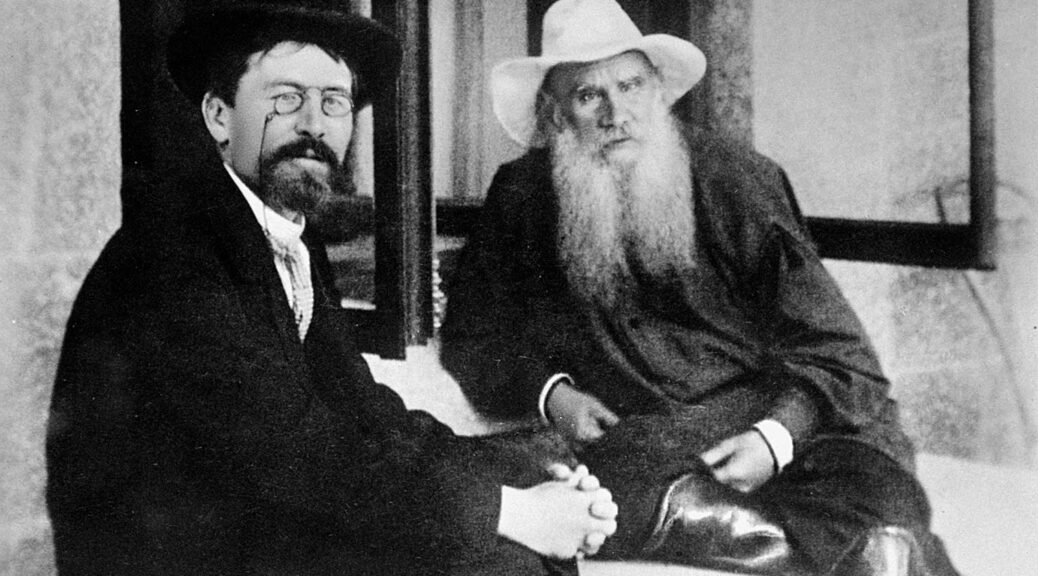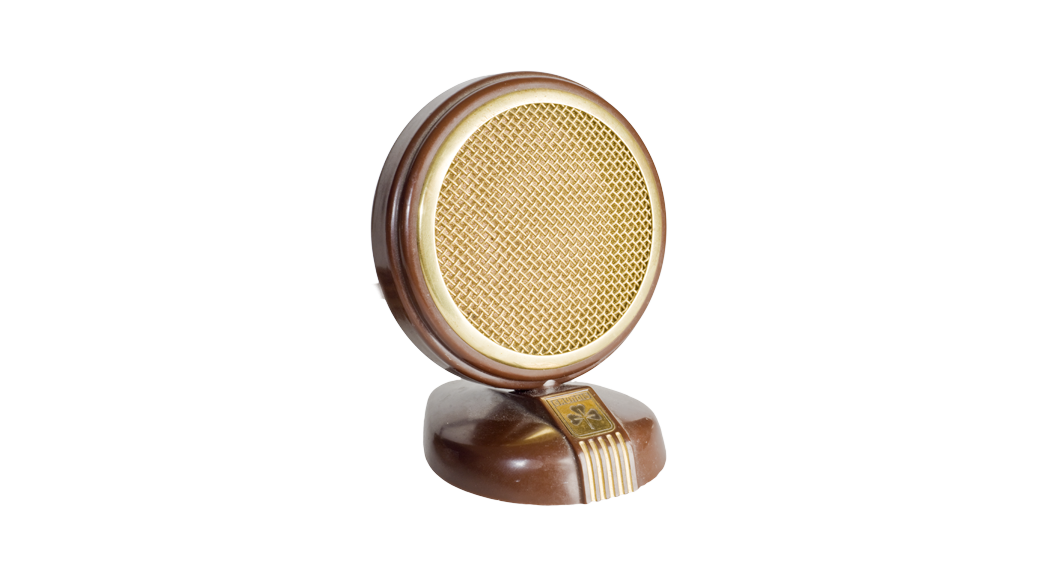George Washington, 1st President of the United States
Welcome to my discussion of the first president of the United States on my journey through presidential biographies. In this series of posts, I want to record my thoughts about the book that I have chosen to read, the president himself, and what America was like during the time of his presidency. I wish that I had come up with the idea to create these posts when I started the project, but unfortunately, I have already read eight books before I thought, hey maybe I should write some of my thoughts down. One advantage of reading eight books first, though, is that I understand a lot more how subsequent books will color my thinking on the presidents that I’ve already read about. This is probably uniquely true for the 3rd through 5th presidents because of how close they were in their political lives. Another advantage of reading eight books before starting these posts is that I have a pretty good idea of the type of things that I might want to write about for each president. Thus, I intend to discuss about a dozen topics in each post. Most of what I have in these posts will come from the books that I have read, although some of the information is provided through other sources. This is a pretty long post, but Washington was very consequential -- I doubt that every post will be this long.
Background
Washington was born on February 22, 1732 and he died on December 14, 1799 during John Adams’ presidency. He served as the first president from April 30, 1789 to March 4, 1797. John Adams was his vice president for the entirety of his presidency. Washington was not a member of any political party, but he was generally seen as being more in line with the Federalist party than the Democratic-Republican party, which sprang up around Thomas Jefferson and other like minded Virginians. Note that Washington’s first term was not a full four years, as the government didn’t really get started until then end of April. The Constitution was not ratified by all thirteen states when Washington took office In fact, Rhode Island didn’t ratify the Constitution until May 29, 1790, more than a year after Washington was inaugurated. To say that the U.S. Government in 1789 was a fledgling operation is not an exaggeration at all.
Washington is almost universally regarded as not only one of the best presidents in US History but one of the most influential Americans, period. It is not an understatement to say that this country would not exist but for George Washington. Starting a project reading about all of the US presidents with Washington is almost unfair in that few, if any of the men who follow him will not measure up. As I mentioned above, I’m through eight of the books as I write this, and I think that while Washington is a colossally towering figure, his story isn’t maybe as interesting as some of the others because of his naturally reserved manner and also because of the lack of primary sources for information about Washington as compared to say, the Adamses.
What I knew About Washington before Reading this Book
I had read a book about Washington in the American President Series edited by Arthur Schlesinger, Jr., I was a sentient being in US History class in high school, and I toured Mount Vernon about six years ago, so, I knew a fair amount about Washington: his role in the French/Indian Wars and the Constitutional Convention, that he was the owner of a fair amount of land, that he was childless, that he was against the forming of political parties, that he had bad teeth, etc. I probably knew as much about Washington as I did any president who served before my lifetime. I should also say that the Washington Post had a really good podcast series with about one hour on each of the presidents in the run up to the 2016 election. The host invites historians to discuss each of the presidents and they give the listener an impression of what each president was like. I listened to all of those podcasts back in 2016 and I’m going to re-listen to each episode after writing these summaries to see how my impression might measure up to that provided by the historians on the podcast. In an attempt to humanize the presidents, the hosts asks the historian what it would be like for her to go on a date with the president. That’s a little bit, um, silly, but I’m here to tell you that there are much worse things in some of these books that I’ve read to date.
The Experience of Reading Washington: A Life
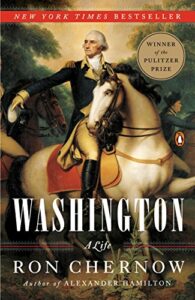 For my first book in the series, I selected Washington: A Life, by Ron Chernow. Published in 2010 and weighing in at 818 pages, this Pulitzer Prize winning book is quite long and very detailed. I read this book on my iPad via the Kindle app. The Kindle copy was fully functional and allowed for all of the features available on the Kindle (this includes the ability to scroll through the text as opposed to flipping pages. I include this because some Kindle books are not as functional).
For my first book in the series, I selected Washington: A Life, by Ron Chernow. Published in 2010 and weighing in at 818 pages, this Pulitzer Prize winning book is quite long and very detailed. I read this book on my iPad via the Kindle app. The Kindle copy was fully functional and allowed for all of the features available on the Kindle (this includes the ability to scroll through the text as opposed to flipping pages. I include this because some Kindle books are not as functional).
I finished this book on February 1, 2021 having started it almost 40 days earlier. I read the last 400 pages in about two days, so even though there was a large gap between the time I started it and when I finished it, I read most of the book as a whole, which is the way I like to attack books. If I don’t finish a book in a week, that’s a sign that I won’t finish it.
Writing about a person who has been dead for over 200 years and who lived in a time where there were no photographs, no videos, and scant newspapers would be rather daunting and his wife Martha Washington did the world no favors by burning their correspondence after the president died. That being said, there were his presidential papers and various records that he kept and from these, we can see some sense of what kind of person he was and what was important to him. Chernow's very detailed books shows us a man who is reserved, careful, self-conscious about his (lack of) education, and resolute in his convictions. Chernow makes some assumptions about Washington in an effort to paint a picture of what Washington’s life might have been like as a young man. Overall, though, he doesn’t vary far from his research.
I think Chernow is pretty fair with his characterization of Washington. The temptation to write a hagiography about Washington is pretty great. After all, this guy won the War for Independence, presided over the drafting of the Constitution, and was the first president of the United States. He might be the most consequential human in the history of the country. Add to that the fact that he lived in what is now the distant past and the inaccessibility of Washington himself and you could just paint a two-dimensional portrait of an idealized hero. Chernow doesn’t do that. We see a man who is concerned about money, who has a temper, and who can be somewhat cruel to slaves. He is also someone who is quite sociable, popular with the ladies, and almost universally well-regarded. Chernow is aiming for a broad audience with this book -- it's not an academic treatment of his life -- and he largely succeeds. To be sure, this is not a summer afternoon read. It's detailed, long, and covers a lot about Washington. For example, you find out about his concerns relative to Martha's children and various relatives that find their way into his care. You also find out quite a bit about his relationship with his mother, who might be the least impressed person in the country with her son. Maybe there's too much detail -- I mean, when Chernow speculates about his relationship with the wife of one of his friends, once would have been enough, but Chernow goes back to that storyline several times.
There are many things to say about Washington and his life, but even with 800 plus pages he remains somewhat of an enigma. Over all, I would rate this as an excellent book and would recommend it to anyone who really wants to know about this seminal figure in American history.
Washington’s Life Before Presidency
Washington was a surveyor as a young man and fought in the French/Indian War of the late 1750s/early 1760s. My reading of his performance in the French and Indian War was that he was not exactly wildly successful, but he was well admired by his troops and was courageous in battle.

He was a plantation owner (the famous Mount Vernon), located on the banks of the Potomac River in Virginia. Having been there, I can tell you that the house is nice and everything (and was probably even more impressive in 18th Century America), but what is really spectacular is the location, as you can see in this picture. When Chernow talks about Washington's desire to get back to Mount Vernon, you don't have to have a vivid imagination to understand why.
As a young man, he was primarily interested in agriculture and making his farms (he had four in the area) prosper. He got largely out of the tobacco business because it was a tough crop on the soil. He instead moved into grains and he even had a distillery. He was a local office holder as well and kind of a BMOC in the area. Washington was a land speculator of sorts and owned about 50,000 acres of land in various locations in what is now Pennsylvania and Kentucky.
Once the American Revolution began, Washington led the Continental Army. The army was not well disciplined or trained – troops didn’t go to boot camp or a military academy, they went straight to the field. Troops signed up for one year hitches, but desertion was high because the troops were facing the best army in the world while they were poorly clothed, barely fed, unpaid, and barely sheltered. Because of the one year hitches in a war that stretched from 1775-1781, Washington was constantly dealing with an Army that was green and unfamiliar with what war was actually like.
My impression of Washington’s performance in the Revolutionary War, like in his earlier war, was that he was mainly hailed for his personal heroism in the face of battle and his ability to stem losses so that his troops could literally live to fight another day. But it wasn’t like he won a lot of battles or showed any tactical or strategic brilliance. Often, it seemed that the British knew more about the terrain and how to use that terrain to their advantage than the home team did. He won the famous battle of Trenton after crossing the Delaware and he won at Yorktown with a major assist from the French. Almost every other battle that he engaged in, though, was a loss of some sort and usually what happened was his army fled once the battle was engaged. Washington, to his credit, realized that he couldn’t take the British on in a series of battles. He needed to just not lose, not surrender his army, so he spent a lot of time just avoiding the British Army. His true accomplishment was to keep the army together and not have it disband. I think that was no mean feat. As we have learned in modern times, it's one thing to invade a country. It's another to completely subdue it and keep it subdued.
After the war, Washington retired to Mount Vernon and tried to get his plantation back in order. He sacrificed much financially during his service to the country and that was a recurring theme during the first five decades or so of American life. Presidents had to be wealthy because being president was a money losing proposition and there was no post presidency pension to help out. He had to be persuaded to preside over the Constitutional Convention and he did so as president (of the Convention), but he had relatively little to say about the actual framing of the Constitution. He was not a well-educated man (he did not go to college) and he was somewhat intimidated by the likes of Madison and others, who were well versed in the theories of republican government. Washington’s presiding over the Convention was important, though, because he leant his credibility to the effort.
Key Challenges/Features of Washington’s Presidency
The key challenge to Washington’s presidency was that before him there was no federal government. No one had been president and showed him how it was done. He blazed a path for all others to follow. There was no city of Washington, he began his presidency in New York and after two years, moved to Philadelphia, where the capital would stay for 10 years. In New York, the president lived in a rented house that wasn’t particularly grand. Washington twice in his first term was seriously ill and apparently near death.
Washington was able to assemble a brilliant cabinet with Alexander Hamilton as Treasury Secretary, Thomas Jefferson as Secretary of State, Henry Knox as Secretary of War, and Edmund Randolph as Attorney General. Interestingly, the AG’s job was considered kind of a part time gig and Randolph had a private practice on the side. Washington appointed 11 Justices to the Supreme Court (the most in history), including the original six, and three separate Chief Justices. In the beginning of the Court, there wasn’t a huge load of cases and the Justices also served in circuit courts, meaning that they had to travel away from the Capital city. A lot of justices didn’t want to do that, so there was a lot of turnover.
In his second term, there was a substantial amount of in-fighting within his cabinet. Jefferson and Hamilton feuded over the powers of the federal government and of the treasury in particular. Jefferson was a Francophile and supportive of the French Revolution. He and his followers believed that the Federalists were monarchists who wanted to re-establish ties with England. Jefferson (and Madison in the House of Representatives) actively undermined presidential policy, but both he and Hamilton urged Washington to run for a second term, something that Washington apparently did not want. One point that I thought was interesting was that Washington not having any children was considered to be a plus because he couldn’t pass the presidency to his son.
Chernow makes it seem like Washington’s second term was marred by this in-fighting, a changeover in his cabinet to less accomplished men, and a fall in popularity. I think a lot of it is true. Both Jefferson and Hamilton resigned their positions in the second term. It is hard to tell, though, if Washington’s favorability was negatively impacted in the general public. Public polling didn’t exist and it’s hard to believe that people would be more in tune with politics than they are today, especially without any party apparatuses in place to drive controversy. I tend to believe that Washington's personal popularity remained strong, even as he presided over a divided government, which was absolutely not what he wanted to be doing.
Washington’s Post-Presidency
Washington retired to Mount Vernon and tried to resume a life interrupted by his calling to the country. As with many of the early presidents, money was a problem, but he was not destitute like, say Monroe. During the Adams presidency, tensions arose with France and it appeared the US might go to war. Adams asked Washington to lead an army in preparation for a war, but that effort fizzled out. Despite several illnesses over his life, he was relatively healthy in retirement. However, in December 1799, Washington fell ill after working outside in some harsh weather and he developed a throat infection. Doctors came and sucked the life out of him by bleeding him into a state of extreme weakness until he died a horrible death. With modern medicine, Washington almost certainly would have survived this illness. On the one hand, it seems rather unfortunate that Washington didn’t live long enough to see the country he helped create grow and expand. On the other hand, his death really ended the Federalist era and provided a clean break from the Revolution. A year later, Jefferson was elected president and he took the country in a different direction and within a few short years, the Washington era seemed almost foreign to the new country.
Washington’s Family Life
Little is known about Washington growing up or at least little is revealed in Chernow’s book. He married Martha Dandridge Custis, who was a wealthy widow when he was 26 (she was 27). Very little correspondence exists between the two despite George being away for a six year war because Martha burned their correspondence when he died. She had two children, but together, they had none, leading to the belief that the father of our country was sterile.
George had a difficult relationship with his mother. She seemed extremely self-centered and repeatedly burdened George with her financial needs despite being fairly well-to-do herself. She rarely complimented her supremely successful son and often embarrassed him publicly. Nevertheless, he was a dutiful son.
He was apparently a loving stepfather, but his stepson Jacky Custis was a ne’er-do-well who failed to apply himself in college and was a wastrel. He died young, as did his stepdaughter. Martha and George raised her grandchildren. There were various male relatives in the picture and none of them seemed to be anyone of consequence and actually more of a burden to George. This is a theme that was recurring in presidents of that age. Many had children who were unremarkable and often downright problematic.
I’m not sure how much George and Martha loved each other, there wasn’t a whole lot of evidence of that because no letters. It was clear that Martha represented wealth to Washington and his marriage to her improved his social and financial standing. She (or rather, her first husband’s estate) owned a number of slaves and if the sole reason that George married her was for her money, I wouldn’t be surprised and that probably wouldn’t have been that scandalous in the 1750s. This leads me to a second thing that stands out in the book: George was a serious flirt. He wrote many letters to married women that, if written today, might be somewhat scandalous. It may be the case (subsequent biographies of other presidents lend some credence to that theory) that these letters were kind of a fashion of the day. But George took a particular liking to one particular woman – the wife of a friend of his – suggesting that they may have had an affair. This took up a not insignificant part of the book and the whole discussion was speculation based. A lot of this probably could have been edited out of the book perhaps, because I'm not sure how important that really is.
Martha did come and spend time with George during the winters in the Revolutionary War, even at Valley Forge. I did not see any evidence that theirs was a difficult marriage, but neither was there much evidence that the marriage was particularly loving or passionate. She was not particularly excited about being the wife of the president and was especially not thrilled about a second term.
Washington: The Man
It was hard to really understand what kind of man that Washington was. He didn’t speak his mind a lot and Chernow suspects there were several reasons for this. He was self-conscious about his education, so he kept quiet around a lot of his peers. Unlike Jefferson or Adams, he never traveled to Europe – his one trip outside of the US was to the Caribbean to help his sick brother convalesce (he caught small pox down there, which might explain his apparent sterility). He also did not actively campaign for any role that he had. Chernow suggests that Washington was very deliberate in this – he wanted people to want him – and in doing so, he let power come to him.
There are a lot of warts on Washington, like anyone, and chief among these was his role as a slave holder. To his credit, he did free his slaves upon his death, something no other slave holding president did (as far as I’ve read to this point) and he didn’t split up families by selling them. Chernow also asserted that Washington “abhorred” slavery, but talk is pretty cheap. He was a man of his times, yes, but some of the men of his times did not approve of slavery.
He was obsessed with money. He complained often about money and could seem rather petty about some matters. There were times in the book when Chernow would relate some story about money and my reaction was FFS, George, give it a rest. The overall picture that Chernow paints is of a man who is dutiful, strong, loyal, and willing to sacrifice for his country.
I will admit that I came away from this book with a slightly less favorable view of Washington than I had coming in. Setting aside the moral issues with slavery (I already knew about that), he wasn't that great of a general and he had a much less harmonious presidency than I had envisioned. He seemed petty in certain matters. I'm not sure if that was just me interpreting what Chernow was writing or what because his record of accomplishment is outstanding.
Washington’s America
The America of the 1790s was a primitive place as compared to today. Travel anywhere was difficult, communications were extremely slow. Transatlantic voyages could take well over a month, or longer and were fairly dangerous.
It has become apparent to me that the United States as a whole in the late 1770s was not exactly supporting the war effort. Farmers were more than willing to sell their crops to the British (there may have been a few bayonets waved in their faces to be sure) while American troops starved to death. There were no taxes to speak of to support the war effort. The entire burden was being carried by a few thousand men who suffered tremendously. They were held together by Washington, who had better accommodations only slightly better. It was Washington’s character and leadership more than anything that won that war. (And yet, see above, I somehow got this slightly less positive feeling about him.)
Philadelphia, at about 50,000 people, was the largest city in the United States and the second largest English speaking city in the world. Virginia was the largest and most prosperous state in the country. The population of the United States was about 4 million, less than that of the state of Minnesota today. The American economy was almost completely agrarian. Washington purchased stylish clothes and various fineries in Europe because they were simply not available in the US.
Healthcare was virtually non-existent. Doctors bled their patients often resulting in their deaths, as was the case with Washington (and this practice continued for *at least another 50 years*. Diseases were rampant and not understood. Childhood mortality was common, women died in childbirth at an alarming rate. Life expectancy at birth for men from 1791-1815 was 35.35 years for men and 38.44 years for women.
The federal government was new, its powers were limited and undefined. A surprising number of people favored a monarchy over a republican government. Voting was limited to white male property owners. The senate and some governors were elected by state legislatures, voting for president varied widely from state to state with a lot of the states leaving the selection of electors to the electoral college up to the state legislators.
The federal government did not have an army, each state had its militias. This would become a real problem during the War of 1812, but that's a story for another day.
What Really Surprised Me
I think one of the biggest surprises for me was how little fighting there actually was over the six years that the Revolutionary War dragged on. For several years, Washington had almost no engagement with the enemy. New York was taken with very little resistance and Washington never actually recaptured it. The British simply abandoned it when the war was over. The British were, for the most part, allowed to roam wherever they wanted and engaged in a brutal and dispiriting Southern campaign late in the war. But then Yorktown happened. Yorktown in 1781 was a huge victory, but it wasn’t like that’s it, the war is over. No. The British basically realized that this war was draining their coffers and they were engaged with the French in a lot of places, not just in the US and they decided they didn’t want to continue. They weren’t defeated and driven out. They quit. The treaty to end the war (the treaty of Paris) wasn't signed until September 1783.
The French weren’t exactly fighting side-by-side with the Americans. Yes, they helped, but it wasn’t like they sent 20,000 troops and said, here we are, let’s beat these bloody redcoats. No. They certainly were key at Yorktown and they convinced Washington that Yorktown was where the British needed to be engaged. Washington wanted to go up and attack New York, not realizing what the French did. That fit a theme. Many was the time that the British seemed to know more about the landscape at a particular battlefield and where to press the advantage than the Americans did. Amazing. Congress contemplated replacing Washington as CIC and Washington constantly grumbled about the lack of funding that he got.
I had no idea that his cabinet was as fractious as it was and that there was a fair amount of criticism in his second term. I had no idea that he was seriously ill twice in his first term. I did not know the extent to which he was critical of Thomas Jefferson. Martha Washington said that Jefferson’s visit to Mount Vernon was the second worst day of her life, the worst being when Washington died. And this is a woman who buried a husband and her children. She would probably be mortified that her husband is carved in stone in a mountain with Jefferson right next to him.
What one person (not a president) would I want to read about from Washington’s era as President?
Without a doubt, that person is Alexander Hamilton. I will definitely want to read Chernow’s account. I’ve seen the play a couple of times on Disney+ and I think I’d like to watch it again after having read books on the first five presidents. But also, it’s really good. As for Hamilton, he was reviled by the 3rd-5th presidents, but Washington was a fan, so that’s good enough for me.
Ranking
The latest Sienna poll rates George Washington as the greatest overall president in the history of the United States (as of 2018). He was listed as first overall in terms of Integrity, Leadership ability, and Relationship with Congress (among others). His presidency was crucial in establishing norms and defining the office. I’m not sure if I agree yet with him being #1, but it is pretty clear that his presidency and his time as Commander in Chief were huge successes and without his performance in these roles, there might not even be a United States of America today.
What I Was Looking Forward to after Reading this Book
One of the key things that I was looking forward to after reading this book was how the Continental Congress saw the Revolutionary War. There was obviously a lot of tension between Washington and the Congress. Washington complained vociferously about a lack of funds for his troops and I was looking forward to see how Adams responded (hint: this was not something that I was able to find out).
How My Understanding Lines Up (or doesn’t) with the Presidential Podcast
Having gone back and listened to the first episode of the Presidential podcast, I now remember what the format was and am also reminded why I enjoyed the podcast so much. The host, Lilian Cunningham talks with journalists from the Washington Post, historians, and also to Julie (not Judith!!!) Miller of the Library of Congress, who dishes on what it would be like to date the president along with a lot of other things. In this episode, Cunningham talks with Bob Woodward, Joel Achenbach, and Ms. Miller.
There's a lot not to like about Woodward, but one thing that you can glean from him is that we should assess what the president thought was the next great good for the country and whether the president succeeded in attaining that next great good. He also points out that our assessments of presidents change over time (he also calls the pardon of Nixon “courageous” ::eyeroll:: and proclaims the GWB was “right” when he said that when the final assessment of the War in Iraq is made, we will all be dead). I mean, he’s right in that my perspective is from the early 21st Century, and presidential assessments do in fact change over time – and probably more to the negative than the positive, I would guess, but not always.
Achenbach and Miller discuss Washington in the context of the 18th Century. In their view, Washington was a man of his time (i.e., slave owner, although he felt that slavery was wrong and did free his slaves in his will, which was not something other slave holding presidents did). He was also willing to listen to counsel and because he had never been to Europe, he looked to Adams and Jefferson for advice as to how to present the country to Europeans. He was also concerned about ensuring that he established presidential norms properly so that there was a healthy precedent for presidents to come. He did not want to be a king, he wanted to be accessible, but not too accessible. To this end, I think he was enormously successful. I think this episode the podcast confirmed for me a lot of how Washington was as a person and how he was as a president. While I do highly recommend the podcast, it is no substitute for Chernow's book to be sure.
What We Can Learn from the Washington Presidency
What I hope to do here is point to one or two things that we can learn from a presidency and (maybe) apply to 21st Century America. I don’t know if every president will provide unique lessons, but where I think there are some pretty good lessons for 21st Century presidents, I will note them.
Honestly, Washington’s presidency is so unique because it was first, that there are many things that he did that are almost eternal lessons for the American presidency. But I think there are two lessons in particular that stand out. The first of these are the norms that he established for the presidency. The power of the presidency is one of the most interesting (and scary) aspects of the United States Government. The Constitution was not exactly clear in how the government should function. It is a relatively thin document that sets out basic principles. Actually governing the country, though, was a lot more complex, even in the days where the presidency was a much more limited office than it is today. Washington took great care in determining what it meant to faithfully execute the office. Things like how the president should be addressed (“your highness?”, no “Mr. President”) to how long a president should serve – two terms seems like a good maximum – originated in this time. Also, realize that the early Americans were wary of one person holding too much power. Their vision was that Congress would be the first among equals (note that Article I of the Constitution is directed toward Congress and not the president). How much power the president held was (and is) a contentious issue. Washington was faithful to what the original intent was.
The other thing I think that Washington did was bring a real sense of humility to the office. Publicly, he would state, as he did when taking the role as head of the Continental Army, that he wasn’t qualified. He did the same when he became president. One might believe that he was doing that for a political reason. Well maybe, but he echoed that in his private writings as well, so it is highly likely that he believed that, too. His sense of humility caused him to seek counsel from those who were the experts. Not to put too fine of a point on it, but we’ve seen subsequent presidents not enter the office with that sense of humility and without relying on experts for their advice and that’s gone not too great, as we have all seen and we will see again in this series.
Well, that's a lot on Washington. I hope you enjoyed this and will follow along as I continue.


